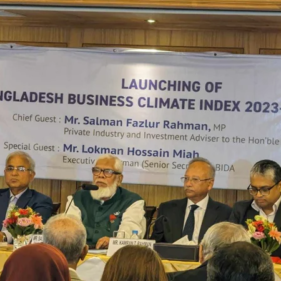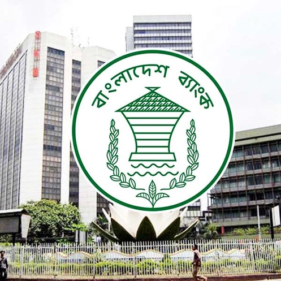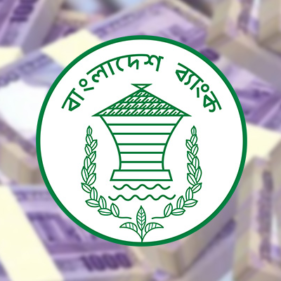Farmers in Bangladesh at the moment are dealing with further expenses for raising the crop as they’re having to spend additional on electrical energy and diesel to energy their irrigation pumps.
Farmers in Bangladesh have been left displeased with decreased rainfall in the course of the monsoon season this 12 months as they have been unable to plant Aman paddy on time as a result of a scarcity of pure irrigation.
Nevertheless, the state of affairs is completely different at farms the place photo voltaic irrigation pumps (SIPs) can be found as they have been capable of sowing the crop 15-20 days in the past whereas maintaining prices decrease than farms utilizing electrical or diesel pumps.
Moreover, it goes with out saying that those that planted paddy on the proper time will certainly get higher yields, in response to agriculture officers.
As per information of the Sustainable and Renewable Power Improvement Authority (SREDA), solar energy contributes 80.4 %, or about 960 megawatts (MW), of the renewable power in Bangladesh.
And of the 1,194 MWs of renewable power produced every year, some 2,877 SIPs throughout the nation account for 52.29 MWs to this point.
The Infrastructure Improvement Firm Ltd has put in 1,523 SIPs, producing 42 MWs, whereas the Barind Multipurpose Improvement Authority arrange 792 items.
Based on the Division of Agricultural Extension in Gaibandha, the goal space for cultivating Aman paddy within the district is 1.27 lakh hectares.
However as of August 2, simply 31,780 hectares of land had been introduced underneath cultivation.
Based on the Bogura DAE, they intention to domesticate Aman paddy on 1.83 lakh hectares this season.
Native farmers had planted the crop on a complete of 72,450 hectares as of August 2, with a lot of the land getting used now underneath irrigation.
Millat Hossain, a farmer of Palashi village in Bogura’s Shibganj upazila, planted paddy utilizing SIPs on two bighas of land.
“Farmers in our village cultivated Aman with solar energy round 15-20 days in the past. We did not have to attend for rainwater. The 2-bigha land is being irrigated for the whole season for simply Tk 800 to Tk 1000,” Millat stated.
Ruhul Amin, an proprietor of a photo voltaic powered pump in Sultanpur village of Bogura Sadar Upazila, stated Aman paddy has been cultivated on 25 bighas of land utilizing his irrigation system.
“As there was much less rain this time, I’m charging Tk 1,200 per bigha being irrigated this season,” he added.
Alternatively, Abdur Rauf, the proprietor of a deep tube-well in Rajos village underneath Gobindganj upazila of Gaibandha, stated folks like him are charging Tk 1,000 to irrigate every bigha of land simply thrice in the course of the season.
Abdul Baki, a farmer of Daridah village in Shibganj upazila of Bogura, stated the soil has dried up because of the lack of rain, that means that it takes numerous water to domesticate one bigha of land.
“To irrigate and sow one bigha, we’ve to spend Tk 600-700 for watering the primary time. However for the entire season, we’ll want greater than Tk 1,000 additional for irrigation,” he added.
Based on the Bogura DAE, there are 79 SIPs within the district, of which 60 are operational.
And with these 60 pumps, a complete of 285 hectares of Aman paddy has been cultivated.
Equally, the Gailbandha DAE stated the 33 SIPs have been used to domesticate 30 hectares of paddy to this point.
“Farmers have time until August 20 for early Aman cultivation,” stated Md Matlebur Rahman, deputy director of the Bogura DAE.
“However when seedlings cross 30 days of age, the yield will certainly lower in response to the range, which is why farmers are cultivating the crop utilizing irrigation as quickly as attainable,” he added.
Matlebur additionally stated that SIPs are a boon for farmers.
“If there’s a photo voltaic pump, there isn’t a want to attend for rain. Crops could be grown on the proper time at a low price. Moreover, the pumps are environment-friendly,” he added.
Md Abu Zafar Sujan, space supervisor of Salek Photo voltaic Energy Ltd in Bogura, stated the federal government desires to get 10 % of the nation’s demand for electrical energy from renewable sources by 2030.
However because of the rising price of photo voltaic pumps, many energy firms are usually not capable of set up them even when contracted by the federal government for this function,” he added.
Based on the Worldwide Water Administration institute, renewable power contributed solely 3.6 % of Bangladesh’s whole put in electrical energy capability in 2022.
Off grid SIPs contributed about 8 %, or 50.4 MWs, of the entire put in photo voltaic capability that 12 months.
Until mid-2022, there have been 2,716 SIPs within the nation, primarily within the boro-dominated northwest area.
The SIP sector in Bangladesh is at the moment at a nascent stage. Nevertheless, there are bold targets for SIPs in Bangladesh.
In parity with its revised NDC targets, the federal government has unconditionally set a goal of 176 MW of photo voltaic irrigation and an extra 164 MW conditional upon exterior assist as part of its emission mitigation actions.









